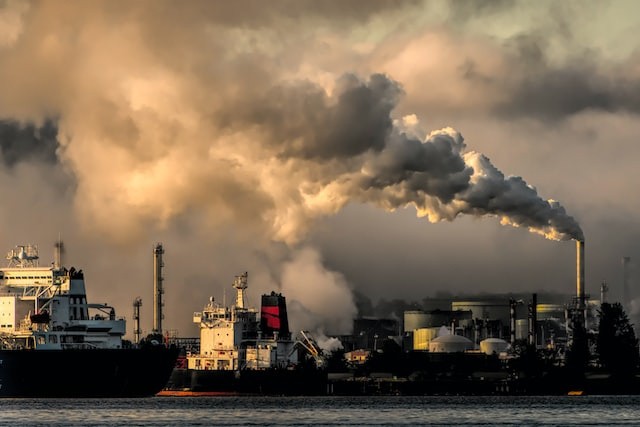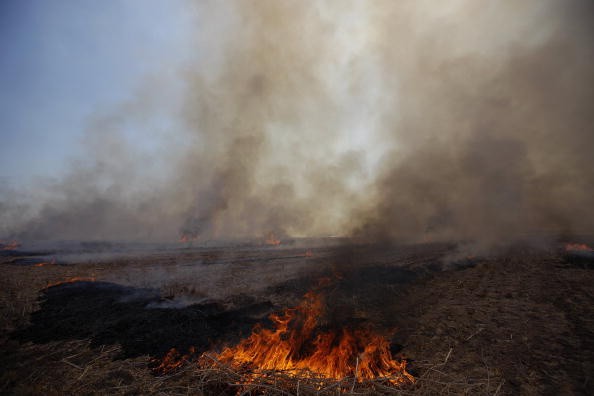All three greenhouse gases have reached record high levels in the atmosphere. Amid an increase in nitrous oxide, carbon dioxide, and methane, scientists warn that the wolrd "is heading in the wrong direction."

According to a research by the World Meteorological Organization, all three greenhouse gas concentrations in the atmosphere have reached all-time highs, which indicates that the world is "going in the wrong way," according to scientists.
Record Levels
According to the WMO, the years 2020 and 2021 saw the largest increase in methane concentrations year over year since systematic observations first started approximately 40 years ago.
Scientists are baffled by the fast increase in methane emissions in recent years. Some put the blame on an increase in fracking in the US, but this explanation was questioned because industrial emissions did not experience a similar spike.
The current hypothesis holds that microbes in wetlands, rice paddies, and ruminant stomachs may be responsible for the methane spike. Since microbes prefer warm, moist environments, rising temperatures have created the perfect environment for the synthesis of methane by microbes.
The increase in carbon dioxide levels between 2020 and 2021 was greater than the average annual growth rate over the previous ten years. These levels are rising according to measurements from the WMO's global atmosphere watch network stations.
Between 1990 and 2021, the warming effect from these greenhouse gases increased by 50%. About 80% of this increase was carbon dioxide.
The WMO estimates that in 2021, carbon dioxide concentrations will be 415.7 ppm, methane will be 1908 ppb, and nitrous oxide will be 334.5 ppb. Accordingly, these are 149%, 262%, and 124% below pre-industrial levels.
Worsening Situation

"The continued rise in concentrations of the main heat-trapping gases, especially the record acceleration in methane levels, shows we are heading in the wrong direction," said Prof. Petteri Taalas, the secretary general of the World Meteorological Organization.
He went on to say that although concerning, the methane growth was reversible and that carbon dioxide still posed the greatest hazard. Taalas added, "We should put cost-effective policies into place right once to address methane emissions, particularly from the fossil fuel sector. But because methane has a short half-life of fewer than 10 years, its effects on the climate can be reversed.
We must reduce carbon dioxide emissions as quickly as possible since they are the primary cause of climate change and its related extreme weather. They will have long-term effects on the climate through polar ice loss, ocean warming, and sea level rise.
Taalas warned that the amount of time left to address the climate emergency was dwindling as greenhouse gas concentrations in the atmosphere continued to soar.
"Our whole way of life and our industrial, energy, and transportation systems must change. The required improvements are both technically and economically feasible. Time is of the essence, he said.
Sense of Urgency
These numbers will be presented at the Cop27 UN climate summit in November when world leaders will assemble in Egypt to reach agreements on reducing greenhouse gas emissions.
Even if they move quickly to stop the harm, most of it has already been done. The global temperature will continue to increase as long as emissions persist. Even if emissions are quickly reduced to net zero due to CO2's long life, the temperature level will remain the same for decades.
For more news update about Environmental Action, don't forget to follow Nature World News!
© 2025 NatureWorldNews.com All rights reserved. Do not reproduce without permission.





